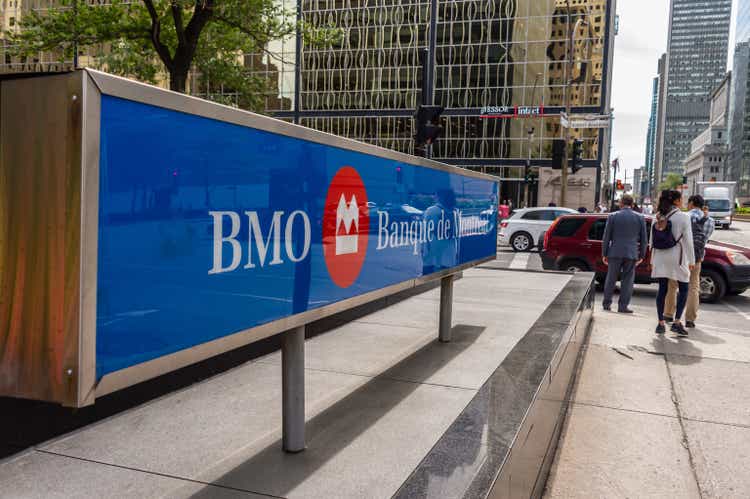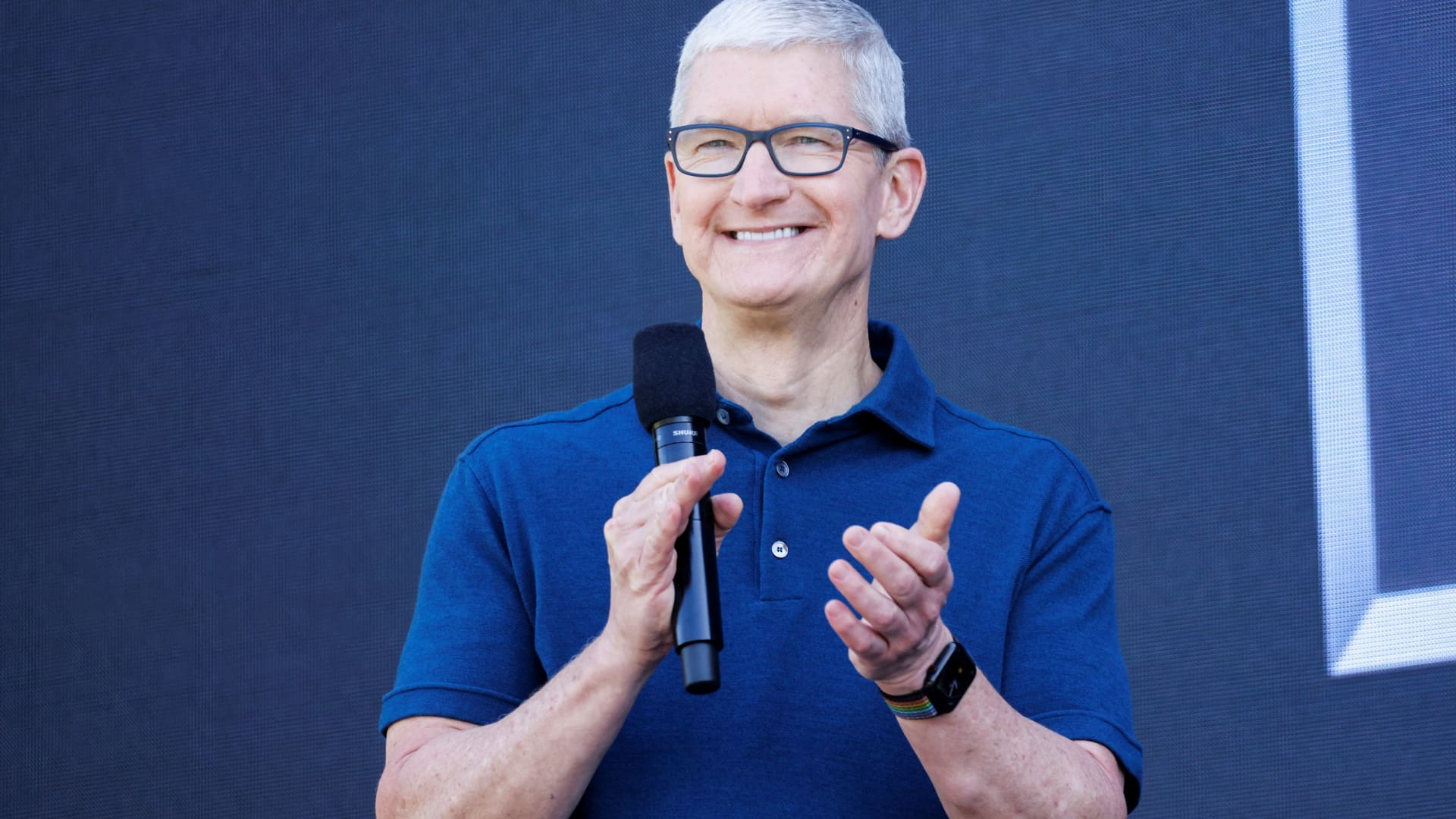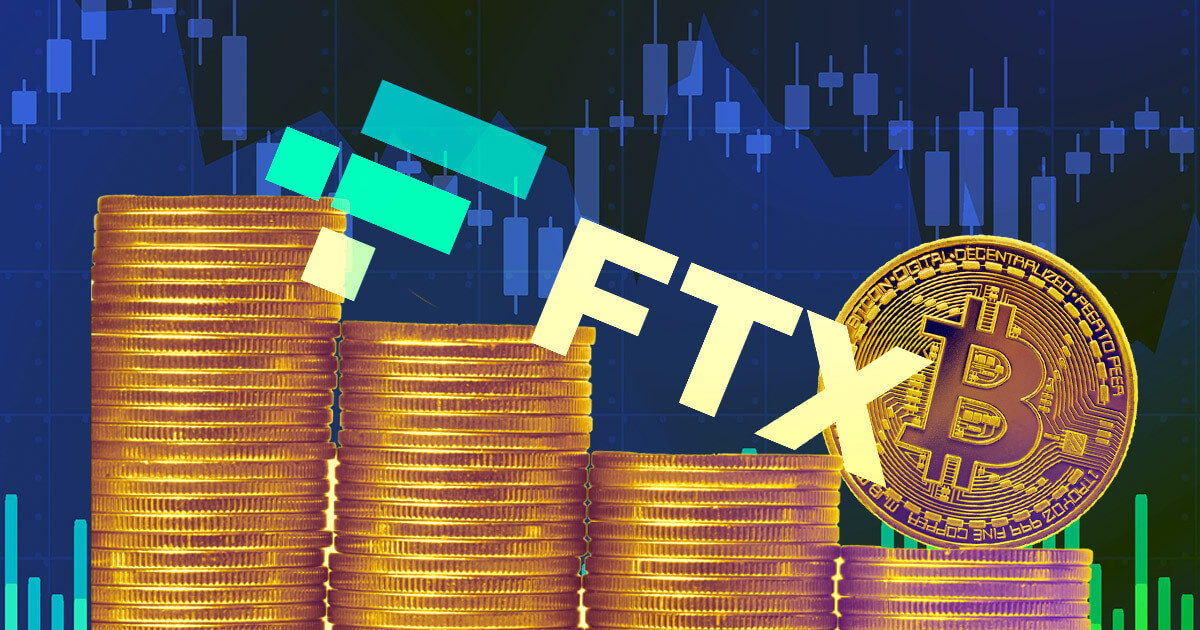Ramesh Ponnuru has an excellent article in the Washington Post, pushing back at arguments for raising the inflation target to 3%:
Zandi is right that relatively steady, predictable and low inflation matters more than the exact target rate. A steady 3 percent inflation rate would even have some advantages over a lower one, such as raising nominal interest rates and thus giving central banks more room to maneuver.
That’s why 22 prominent economists wrote a letter to the Fed in 2017 urging it to consider a higher inflation target. And if we were designing a monetary policy from scratch, we might well pick a 3 percent target. But we’re not. There’s a history we have to consider.
Ponnuru argues out that a higher inflation target at this time could lead to a loss of confidence in policy, and points to the 1970s as an example of what happens when central banks lose credibility.
I share his view that this isn’t a good time to raise the inflation target. Indeed I don’t favor a higher inflation target at any time. But if we did decide to eventually transit to a 3% target, the best time to do so would be when inflation is below the 2% target and the Fed is wrestling with the “zero lower bound” problem of interest rates. When at the zero lower bound, a higher inflation target makes it easier to adopt an expansionary monetary policy.
If Fed officials ever decided that a 3% target would be better in the long run, they should make the following announcement long before this change was needed:
“We will continue to target inflation at 2% until such time as interest rates fall to zero and we are having trouble raising inflation up to 2%. At that time, we will permanently switch to a 3% target.”
Raising the inflation target now would be solving a nonexistent problem, as unemployment is only 3.6% and the Fed has plenty of room to cut rates if needed. If we are planning to do this, do it at a time where it would actually do some good.
This also caught my eye:
[T]he Federal Reserve is already hearing calls to declare its own victory over inflation, rather than continue to raise interest rates until it achieves its stated goal of bringing the inflation rate down to 2 percent.
Ponnuru rejects this argument, but I’d go even further. I get annoyed when people suggest the Fed is “fighting inflation”, as if it’s engaged in a battle with an enemy. The Fed doesn’t battle inflation, it creates inflation. On occasion, inflation can also be generated by supply shocks, but that sort of inflation is transitory. The inflation we’ve experienced over the past few years is almost entirely created by a highly expansionary monetary policy, which drove up nominal GDP. The inflation overshoot is pretty similar to the NGDP overshoot.
Prior to 1913, the average inflation rate in America was zero. Since the Fed was created, we’ve had far more inflation than deflation. The average rate of inflation is determined by monetary policy. The Fed isn’t trying to declare “victory” over inflation, they are trying to target a specific inflation rate—2% to be specific. And over the past two years they’ve done a poor job of hitting their target. They can never declare victory and rest on their laurels, they must continually strive to create 2% inflation.
Imagine a marksman shooting at a target on the side of a barn. He keeps missing badly to the right. His buddy has a bright idea, “Just paint a target around the bullet holes and declare victory.”
















